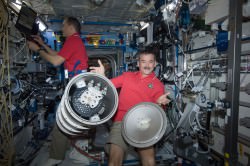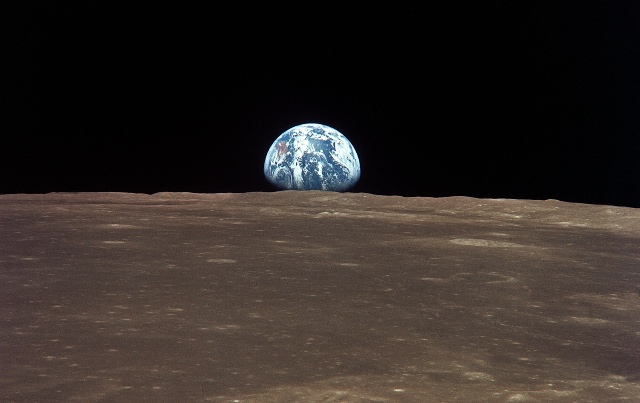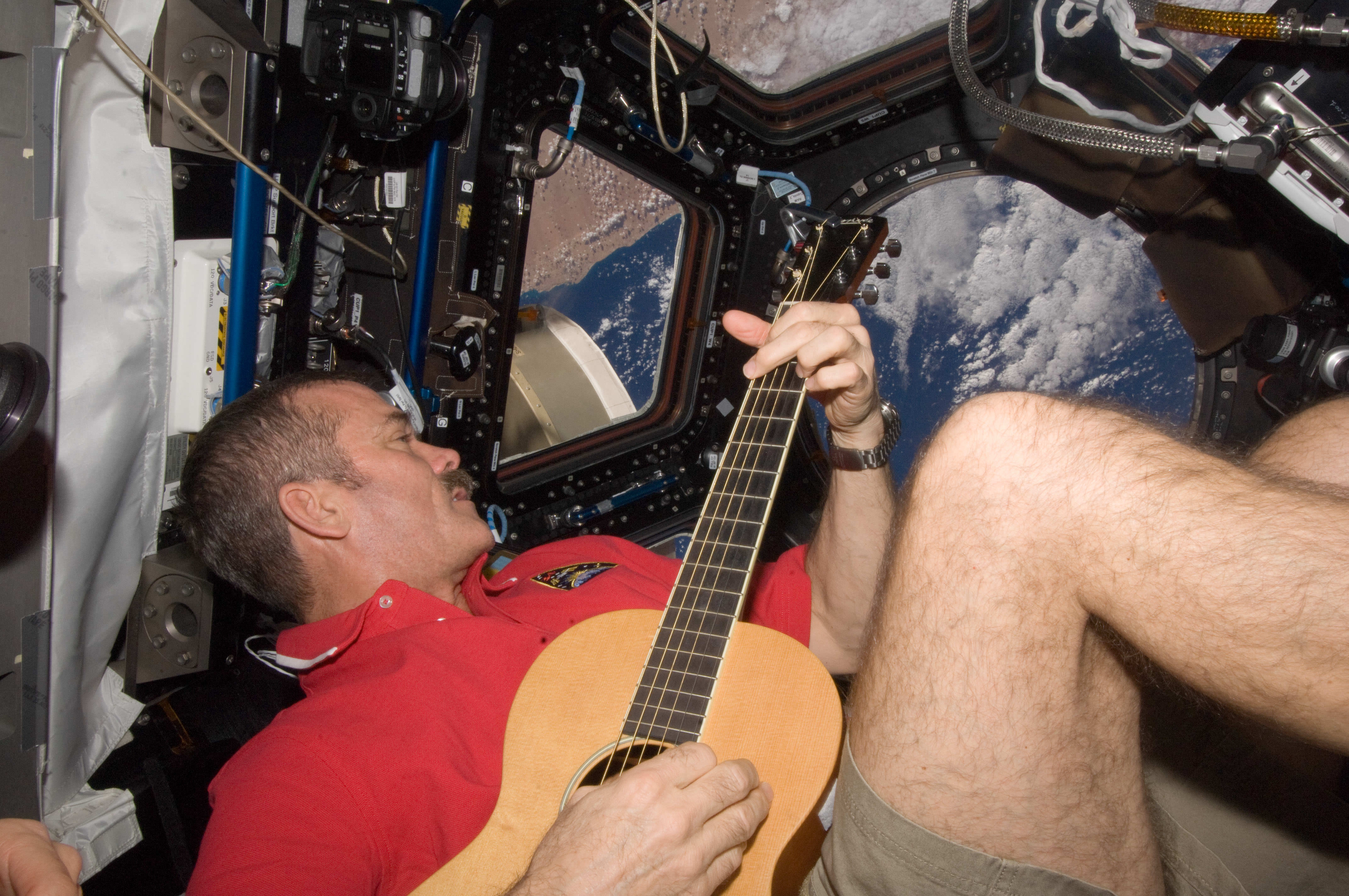CSA astronaut Chris Hadfield strums some chords in the cupola (NASA)
You’ve probably seen plenty of photos of astronauts and cosmonauts working aboard the International Space Station, and maybe even some videos of ISS briefings and interviews and tours throughout the different modules (and perhaps even an astronaut-produced song or two.) But have you ever wondered what the average, everyday sounds inside Station are like?
If so, Canadian astronaut and Expedition 34 flight engineer Chris Hadfield has an earful for you.
To share his ISS experience past mere pixels, Hadfield has posted some recordings on Soundcloud taken from various locations around Station, giving an idea of the many ambient noises found inside humanity’s orbiting “place in space.” (But if you think it sounds anything like the bridge of the U.S.S. Enterprise, you may be in for a surprise.)
 Here’s just a few of the recordings Hadfield has posted (you’ll have to click each to play in Soundcloud):
Here’s just a few of the recordings Hadfield has posted (you’ll have to click each to play in Soundcloud):
Ambient Noise of the Space Station
Station Noises and Sounds
Russian Segment Handrails
Soyuz Orbital Module
And here’s one that really doesn’t sound like anything on Earth: Toilet Starting on Station
So even though life on the ISS might not sound like what you’d first imagine in a spaceship or have a dramatic score to accompany its soaring adventures around the world, it certainly has a unique sound all its own (and sometimes the astronauts do get to add their own original soundtrack too.)

Chris may have founded a new music genre: “Space Folk”
Listen to more sounds of the Station on Chris Hadfield’s Soundcloud page here.
Inset image: Chris Hadfield poses with a Materials Science Laboratory Furnace Launch Support Structure (FLSS) in the Destiny laboratory of the International Space Station. NASA astronaut Tom Marshburn, flight engineer, uses a computer in the background.




